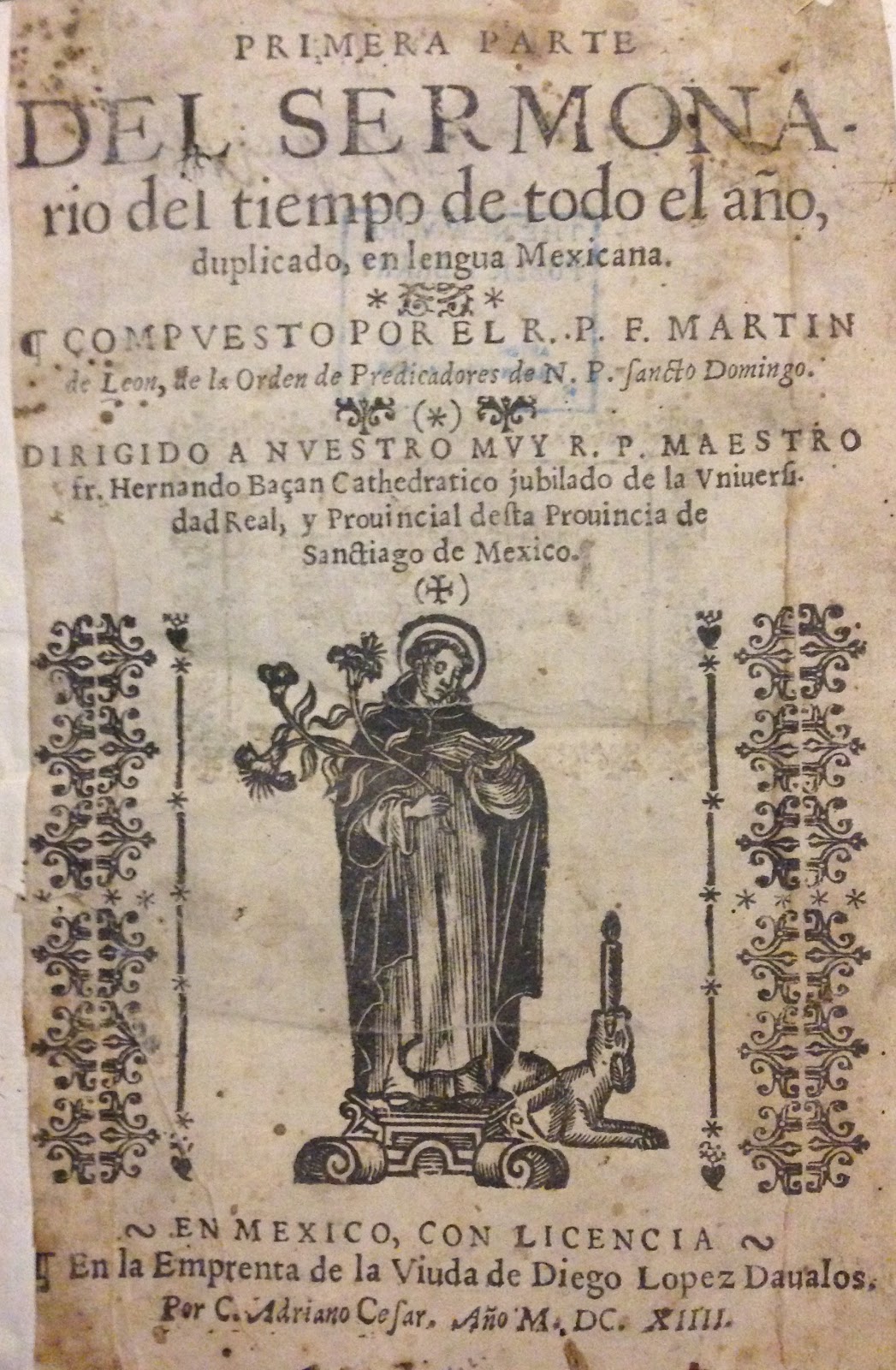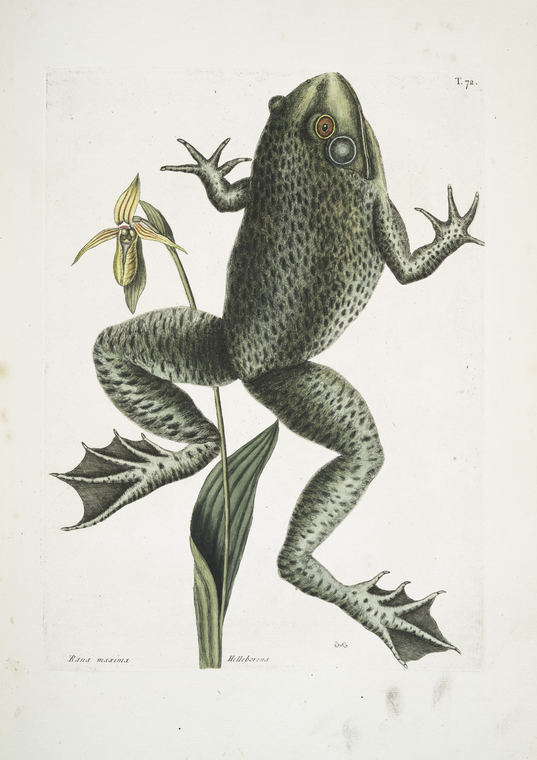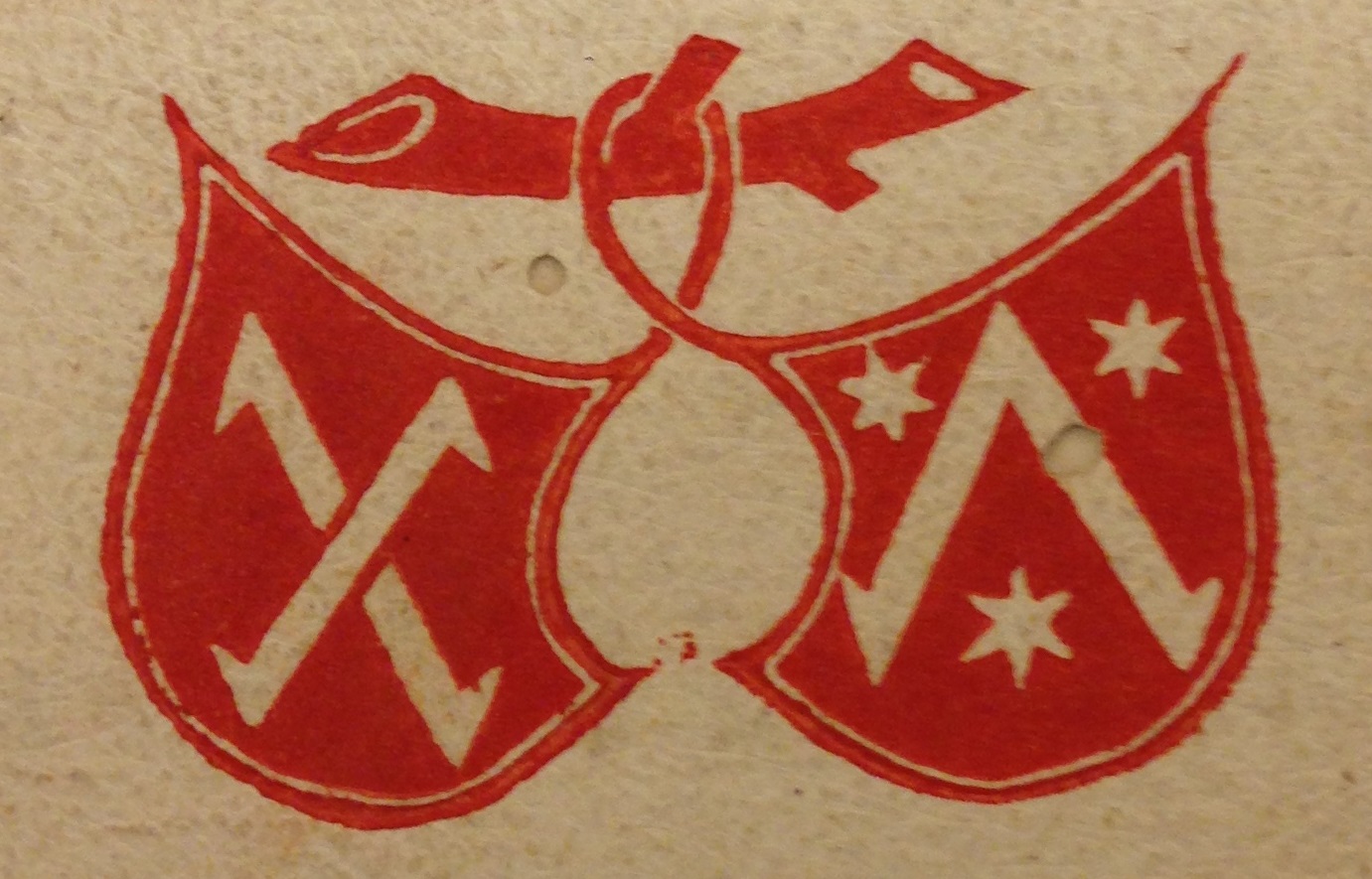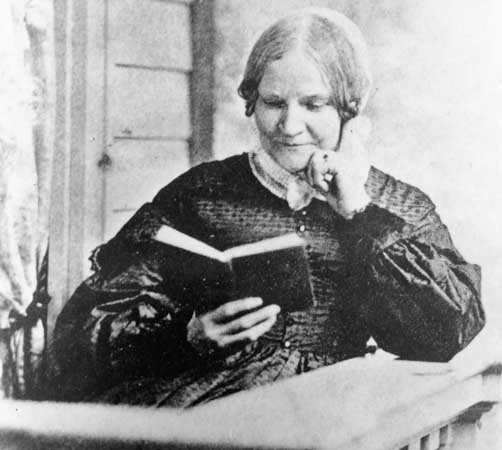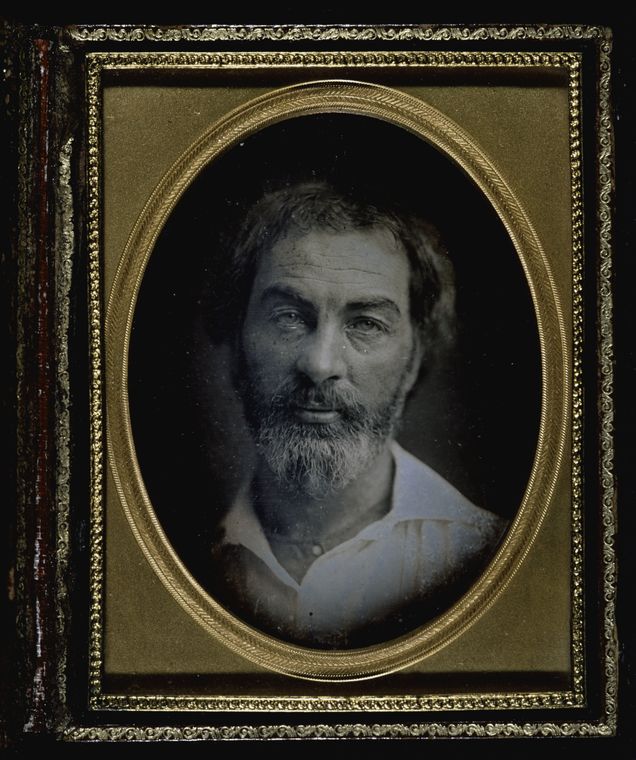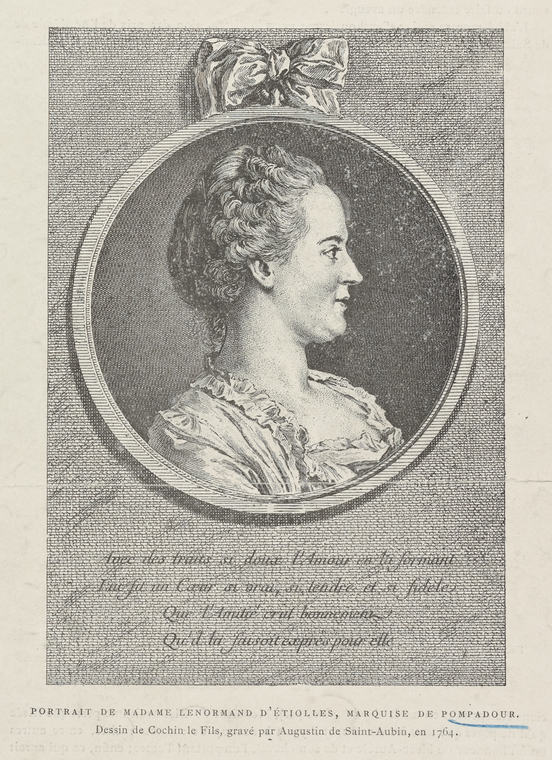Happy Birthday, Moby-Dick!
by Jessica Pigza
October 17, 2014
In honor of the White Whale’s birthday, I have decided—like Herman Melville’s own sub-sub-librarian—to share “a glancing bird’s-eye view of what has been promiscuously said, thought, fancied, and sung of Leviathan” since Moby-Dick’s first appearance in 1851.
Spies Among Us: World War I and The American Protective League
by Michael Inman, Susan Jaffe Tane Curator of Rare Books, Rare Book Division, Stephen A. Schwarzman Building
October 14, 2014
In the wake of the United States’ war declaration against Germany on April 6, 1917, dozens of extralegal vigilance organizations such as the Knights of Liberty, American Rights League, Boy Spies of America, American Defense Society, Sedition Slammers, National Security League, and the Terrible Threateners sought to ensure Americans’ full participation in the war effort, often through measures of intimidation, harassment, surveillance, and outright violence.
Journey to the Center of the Library: Rare Books and Provenance
by Meredith Mann, Manuscripts and Archives Division, Stephen A. Schwarzman Building
October 8, 2014
Columbus’s voyage made me think of the voyages our books take before arriving on the shelves of the New York Public Library. Who printed it? Who owned it previously? From whom did we buy it? Researchers are often interested in these questions, which all attempt to uncover a book’s provenance. In the Rare Book Division we look for clues, both within the book and in secondary sources, to answer questions of provenance and understand a book’s complete voyage.
Before Kermit, There Was Catesby
by Jessica Pigza
September 25, 2014
My devotion to Kermit has led to a love for frogs in print as well, from Arnold Lobel's Frog and Toad books to Ken Kimura's 999 Frogs. And whenever I examine illustrated natural histories in the Rare Book Division where I work, I'm always on the lookout for Kermit's amphibious ancestors.
400 Years of Banned Books
by Meredith Mann, Manuscripts and Archives Division, Stephen A. Schwarzman Building
September 22, 2014
Banned Books Week is when libraries and other members of the book community support the freedom to read and raise awareness of challenges to this freedom. Sadly, the banning of books is not a new phenomenon—while Catcher in the Rye or Huckleberry Finn come to mind, you can find books banned as early as the sixteenth century in the Rare Book Division.
Mark My Words: Printers’ Marks in the Rare Book Division
by Meredith Mann, Manuscripts and Archives Division, Stephen A. Schwarzman Building
September 8, 2014
The penguin. The borzoi. When we peruse our bookshelves, we see spines decorated with the symbols of publishing houses. But this tradition is not modern: starting with the second book ever printed, members of the trade were making their presence known. These marks were words and illustrations carved into wood and included at the beginning or end of a book to indicate the printer responsible. In NYPL’s Rare Book Division, we have a treasure trove of printers’ marks to explore.
Lydia Maria Child and Archival Research
by Lauren Klein
June 12, 2014
By all accounts, Lydia Maria Child should be famous. An author, abolitionist, and advocate for human rights a full generation before that stance became widespread, Child remains an unsung hero—even though we continue to sing her lyrics to “Over the River and Through the Wood.”
Documenting Tiananmen Square
by Jessica Pigza
June 4, 2014
Twenty-five years ago, the world watched Beijing's Tiananmen Square, as demonstrations by Chinese citizens rallying for democracy drew the attention of Chinese military, with deadly results.
Picturing Walt Whitman
by Jason Baumann, Susan and Douglas Dillon Director for Collection Development and Global Studies, Stephen A. Schwarzman Building
May 30, 2014
The life and work of Walt Whitman (May 31, 1819 - March 26, 1892) are prodigiously documented in the Oscar Lion Collection, held in the New York Public Library's Rare Books Division.
The True Delights of Penny Dreadfuls
by Jason Baumann, Susan and Douglas Dillon Director for Collection Development and Global Studies, Stephen A. Schwarzman Building
May 22, 2014
What’s not to love about Showtime’s new gothic series Penny Dreadful? It features Doctor Frankenstein and his monster, Dracula’s Mina Harker, and Wilde’s Dorian Gray, along with séances, ancient Egyptian vampires, gunslingers, serial killers, and maybe even a werewolf, set against the mysterious backdrop of Victorian London.
Stuffed Animal Husbandry: Caring for Winnie-the-Pooh and Friends
by Shelly Smith
March 20, 2014
The New York Public Library is the proud home of the REAL Winnie-the-Pooh, the actual toy teddy bear that once belonged to Christopher Robin Milne, son of A. A. Milne, and the basis for the character Christopher Robin in the beloved Winnie-the-Pooh stories.
Camouflaged Anti-Nazi Literature
by Jack Sherefkin, Librarian, General Research Division, Stephen A. Schwarzman Building
February 14, 2013
In the early eighties, rare book librarian John Rathe pulled down a dusty box, wrapped in twine, from a remote corner of the Rare Book room. Attached to the box was a label that said: "Do not open until war is over." Which war? The Civil War? The War of 1812? What he discovered was a box filled with disguised anti-Nazi tracts hidden in packets of tea and shampoo and concealed in miniature books both popular and scholarly.
Notice the concealed pamphlets sticking out of the packets of shampoo, tea, and tomato seeds.
A Brief History
On January 30,
Winter Fun for Kids and Cats
by Jessica Pigza
December 29, 2012
This snowy Saturday afternoon has brought to mind a couple of scenes from nineteenth-century children's books in the Rare Book Division. First, a scene of "Wintervergnügen" (winter fun) from Jugendspiele zur Erholung und Erheiterung (Tilsit, 1846). This is a two-volume work, one devoted to girls and one to boys. Sledding is categorized as one of the boys' games (Knabenspiele), but of course that needn't stop
What to Draw? A Turkey, of Course
by Jessica Pigza
November 21, 2012
Happy Thanksgiving to you! In honor of the holiday, here's a page from one of my favorite drawing manuals in the collection, 1913's What to Draw and How to Draw It by E. G. Lutz.
This turkey (along with his tiny companion, the fantail pigeon) is just one of dozens of possibilities — like owls, elephants, pelicans, pigs, castles, cats, and men and ladies — you'll find in these pages. Want to see the entire book? It's been digitized and you can
Rare Books: Machinae Novae of 1595
by Kyle Triplett, Rare Book Division, Stephen A. Schwarzman Building
May 18, 2012
We often get asked about firsts in printing history in the Rare Book Division. Machinae novae Favsti Verantii siceni (Venice, 1595) known as Machinae Novae, or New Machines, contains some of the first printed images related to engineering and machinery.
Machinae Novae was written by scholar-diplomat and scientist Fausto Veranzio in Venice; only a few copies of this 1595 edition are
Made of Corn But Not Quite Edible
by Jessica Pigza
April 19, 2012
George M. Rommel, an early twentieth century animal husbandman and farm expert, was not one to shy away from novel solutions to agricultural challenges in America. In 1905, he championed the import from Bermuda of a breed of “woolless” sheep to address America’s “alarming appetite for lamb” (Philadelphia Inquirer, 2/5/1905). And he was always on the lookout for potential new uses for leftovers from agricultural enterprises. It should not, therefore, come as a surprise that his book on agricultural refuse industries,
Iceland Moss and Charles Dickens
by Jessica Pigza
April 16, 2012
Thanks to bibliophile George Arents, the Rare Book Division's holdings include an extensive collection of nineteenth century books in parts, and they are fascinating artifacts of their time. Little did I know, however, that I'd learn about a healthful and tasty lichen drink while reading
The Pompadour's Book: A Mystery Manuscript Owned by Madame de Pompadour
by Kathie Coblentz, Rare Materials Cataloger, Spencer Collection, Stephen A. Schwarzman Building
March 15, 2012
It's a small volume, neatly but unostentatiously bound in mottled calf. The gilt ornamentation is discreet, except for an impressive coat of arms on both boards. That becomes even more impressive when we identify it as the blazon of one of the standout personalities of 18th-century France, Jeanne Antoinette Poisson, marquise de Pompadour — elevated from her haute-bourgeois background and a boring union with a certain M. Lenormand d'Étioles (nephew of her mother's lover) to become the official maîtresse-en-titre
Hough's American Woods
by Jessica Pigza
March 12, 2012
Romeyn Hough (1857-1924) was single-minded in his devotion to trees. He was also a New Yorker, and when he embarked on The American Woods, he turned to the trees of his state first in what would eventually grow to be a 14-volume masterwork. The American Woods remains invaluable today due to the range and age of the tree samples Hough included, and the Library's Rare Book Division holds a complete set of this delicate and
Emblem Books, or, What's Going On in this Engraving?
by Jessica Pigza
January 13, 2012
This is one of over a hundred such puzzling images you can find in Symbolorvm & emblematvm ex animalibvs qvadrupedibvs desvmtorvm centvria altera, a 1595 book printed in Nuremberg, Germany.
Emblem books like this one were common in 16th- and 17th-century Europe, and a typical example of this genre contained dozens of emblems — each made up of an image and some explanatory text meant to be approached as a small mystery to be solved by the reader (and often designed to impart a moral lesson). Because
 With your library card, it's easier than ever to choose from more than 300,000 e-books on SimplyE, The New York Public Library's free e-reader app. Gain access to digital resources for all ages, including e-books, audiobooks, databases, and more.
With your library card, it's easier than ever to choose from more than 300,000 e-books on SimplyE, The New York Public Library's free e-reader app. Gain access to digital resources for all ages, including e-books, audiobooks, databases, and more.


